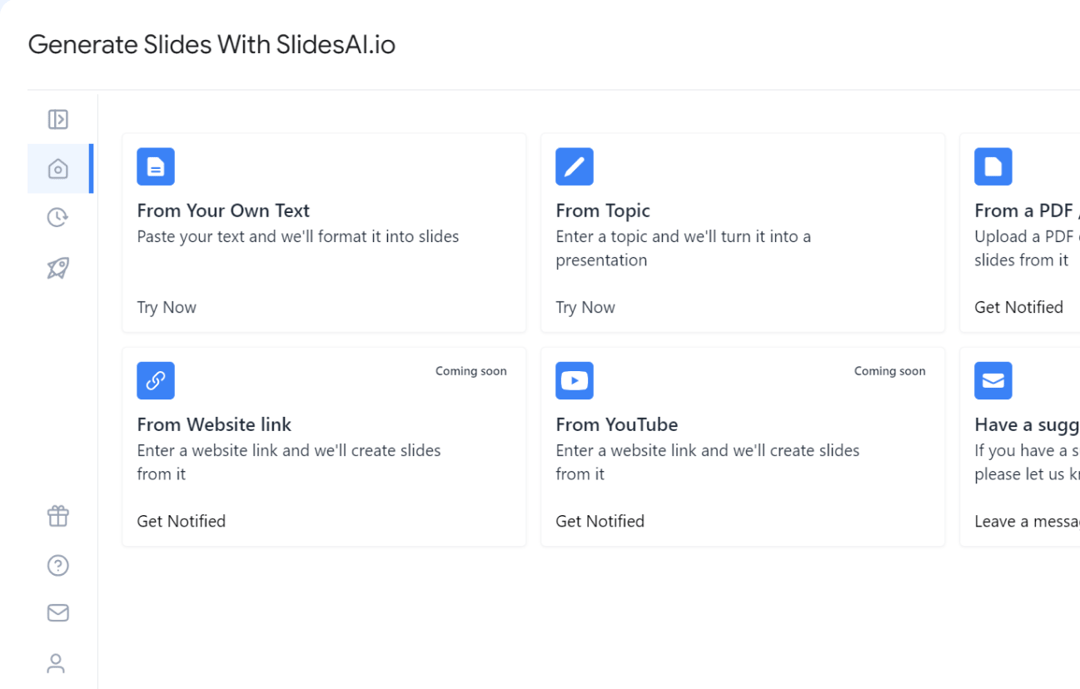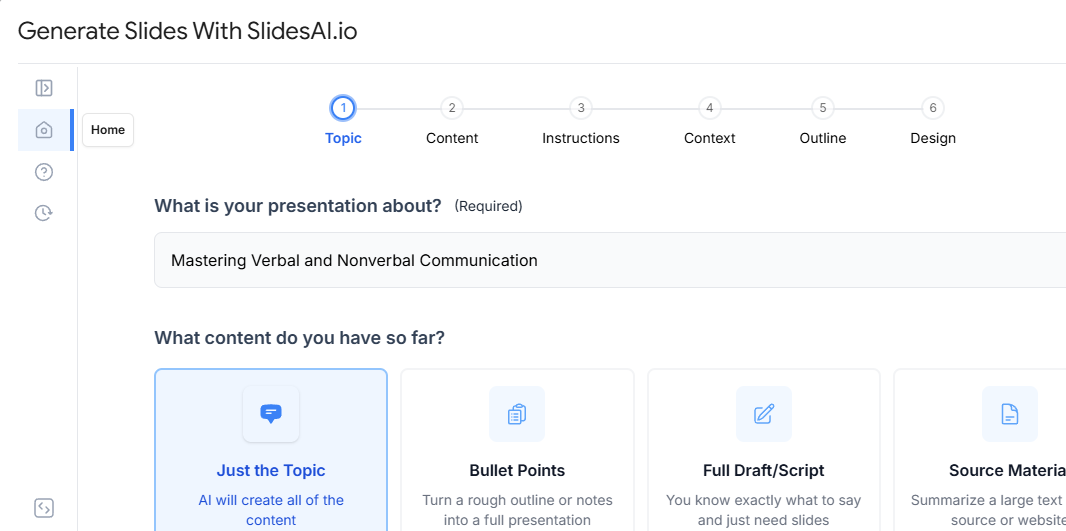Ever faced a blank presentation template and wondered how many slides to include? You’re not the only one. The perfect number of slides for a 15-minute presentation can be a puzzle for many presenters.
The truth is, there’s no one-size-fits-all answer. However, by keeping a few things in mind, you can create a presentation that’s both informative and engaging, without overwhelming your audience with too many slides. Let’s explore some factors to consider.
How Many Slides for 15 Minutes Presentation?
When you are preparing your presentation, a general guideline is to plan for 1-2 minutes per slide, meaning around 10-15 slides for a 15-minute presentation.
This is just a starting point, though. The 10/20/30 rule by Guy Kawasaki suggests a maximum of 2 minutes per slide, but you should also think about these things and adjust your slide count:
- How complex is the material? If your topic is complicated, you might need more slides to explain it clearly.
- Who is your audience? Consider how long your audience can pay attention and how much they already know about the topic.
- What style of presentation are you doing? If you’re using a lot of data, you might need more slides than if you’re telling a story.

Factors Affecting Presentation Time
Several factors can affect how long your presentation will last:
Content and Complexity
If your topic is complex with lots of data or detailed arguments, you might need more slides and time to explain. Presentations filled with visuals, like charts or diagrams, could require less talking and might be shorter.
Presentation Style
- Lectures: Usually rely on more slides, so they may take longer.
- Workshops: Often involve audience participation, which can make them shorter.
- Sales Pitches: Tend to focus on important points with fewer slides.
- In-Depth Explorations: Might require longer presentations with more details.
Delivery and Audience:
- A fast-speaking presenter might get through slides quickly, while someone who pauses for emphasis or questions will take longer.
- If your audience is well-informed, they might understand the content quickly, making the presentation faster. But if they are less familiar with the topic, you might need to slow down and explain more, extending the presentation time.
Additional Factors
- Using animations, transitions, or videos can enhance your presentation’s look but may also increase the time it takes.
- It would help if you also planned time for audience questions and discussions.
Create Presentations Easily in Google Slides and PowerPoint
15M+Installs

Presentation Tips to Stay on Time
Timing is everything in a presentation. Here are some tips to help you stay on track:
Practice Makes Perfect
Rehearsing is essential for timely presentations. If you’re not familiar with your material, practice to ensure you can deliver it within the time limit.
Prioritize your Points
Start with the most important content. If you run out of time, you’ll have covered the essentials.
Less is More
Identify the three most important takeaways from your presentation. Mention them clearly at the beginning and end—your audience is more likely to remember a few important points than a long list.
Manage Your Time
Set checkpoints in your presentation to help you stay on track and adjust your pace if needed.
Keep it Simple
Don’t overload your presentation with too much information. It’s better to cover a few important points well than to rush through too much.
One Idea Per Slide
Stick to one main idea per slide to keep your presentation clear and easy to follow.
Tell a Story
Think of your presentation as a story, with each slide building on the last. This approach keeps your audience engaged.
Bonus Tip: Focus on Quality
In presentations, the focus is shifting towards using fewer slides to create a stronger connection with your audience. By having fewer slides, you can:
Encourage Discussion
Fewer slides give more room for conversations and questions, making your presentation more interactive.
Stay Focused
With fewer slides to manage, you can concentrate on engaging with your audience rather than flipping through slides.
Make Each Slide Matter
Each slide should be thoughtfully designed to be visually appealing and packed with valuable information that leaves a lasting impression.
Build Stunning Slides in Seconds with AI
- No design skills required
- 3 presentations/month free
- Don't need to learn a new software

Closing Thoughts
When planning a 15-minute presentation, there’s no strict rule for the number of slides you should use. It’s all about balance—keeping your content clear and engaging without overwhelming your audience. Remember, it’s the quality of your message, not the quantity of slides that truly matters.
Frequently Asked Questions
How can I effectively time my PowerPoint presentation?
Timing your presentation is crucial for keeping your audience engaged. Check out How to Add a Timer to Google Slides provides detailed steps and tips on how to achieve the perfect pace.
How much time does it typically take to prepare a 5-minute presentation?
The time required to create a 5-minute presentation can vary depending on factors like your familiarity with the topic and the complexity of your slides. However, a good estimate is around 1-2 hours.
How long should I allocate for a 10-minute presentation?
For a 10-minute presentation, you might need approximately 2-3 hours to develop your content, design your slides, and practice your delivery. Check out our blog How many slides in 10-minutes presentation? to learn more about how it’s done.
What’s a reasonable timeframe for a 20-minute presentation?
A 20-minute presentation generally requires around 4-6 hours of preparation, including research, writing, and slide creation.
How much time should I invest in a 30-minute presentation?
A 30-minute presentation typically demands 6-8 hours of preparation to ensure a well-structured and informative delivery.
What’s a good estimate for a 45-minute presentation?
For a 45-minute presentation, you might need to allocate 8-10 hours to thoroughly research, develop, and refine your content.
How long should I plan for a 60-minute presentation?
A 60-minute presentation often requires 10-12 hours of preparation to ensure a comprehensive and engaging experience for your audience.




